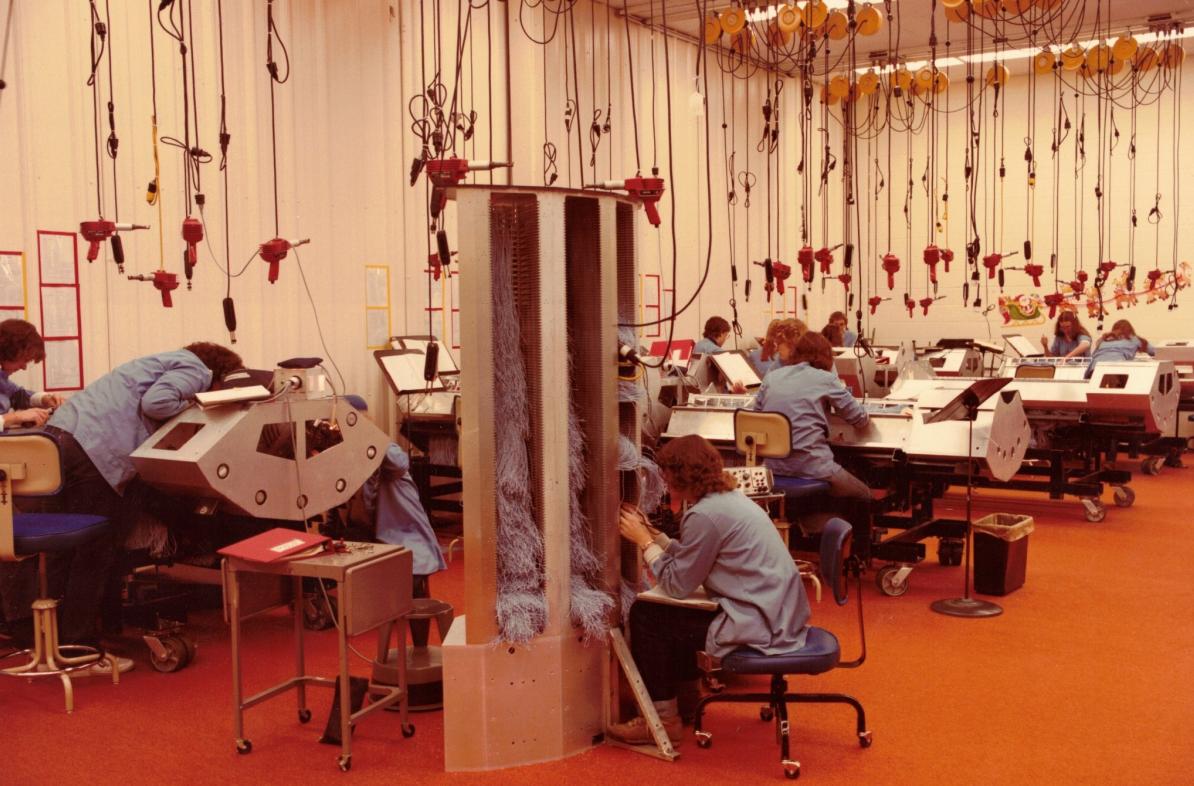Helwig, who went straight into the workforce and then the Army after high school, had a conversation with his grandfather before his death that really stuck with him. He says it’s a big reason he enrolled as a history major.
“I said, ‘Hey, Grandpa, is there anything you really wish you had done in your life that you didn’t get to do,'” says the Chippewa Falls native. “He said he wished he had learned to fly an airplane.”
At that time, Helwig was weighing his options for higher education, thinking perhaps trade school to be a machinist or draftsman was the best choice given his experiences. However, when he remembered his grandfather’s one regret, he changed his mind.
“My grandpa never did learn to fly, which was a shame, but I could make the choice to pursue my passion for history,” Helwig says. “I enrolled at UWEC with a major in history and a minor in Native American studies. With my credits through the Army, I’ll be graduating in December after 3 1/2 years.”
A research project that pays respect to his co-workers
In addition to his student status, Helwig works full time for Hewlett Packard Enterprise (HPE) in Chippewa Falls. In 2019, HPE acquired longtime supercomputing leader Cray Inc., founded by Seymour Cray in 1972. Cray is credited with building the first true supercomputer, Cray1, in 1976.
In his time with HPE, Helwig says he has enjoyed reviewing historic company documents about Cray history, and hearing the personal stories of his coworkers, some of whom worked on those early breakthrough Cray models. Helwig says he began to see major gaps in the history, which prompted him to act.
“In reading the impressive history of the company and the creation of the first supercomputers, what was missing was the workers — there were few if any references to the plant workers who created these machines, most of whom were women. I decided to seek out, document and share their stories,” Helwig says.
Helwig had not previously done an in-depth research project, and he turned to Dr. Joanne Jahnke-Wegner, assistant professor of history. Helwig’s project idea was to conduct interviews and create an oral history archive of these workers’ experiences.
“I enthusiastically agreed to mentor Dylan on this,” Jahnke-Wegner says. “Dylan's project is an important one because very little is known about the experiences of women in industrial computer manufacturing. Much recent historical scholarship features women on the software end of things, including coding, but historians have yet to understand the work that women performed on the factory floor.”
With Jahnke-Wegner’s guidance, Helwig has set out to answer questions like why women were chosen for certain types of work and not others, and what were the experiences of women working in what was fast becoming a male-dominated profession.
"The feedback I've gotten so far from the interview process has been really positive," Helwig says. "These women are excited to share their stories. They're proud of the work they did and I'm very proud to be able to shine a light on their contributions to major breakthroughs in computer technology."
As his summer project reached the halfway point earlier this month, Helwig took some time to share a few specifics of his research, his methodology and his goals in completing these oral histories. Learn more about the project in his responses to our questions below.




